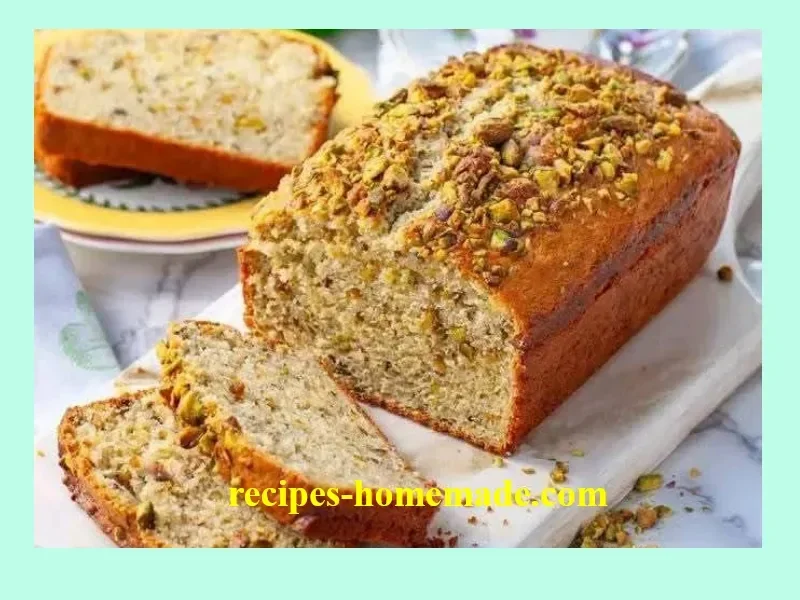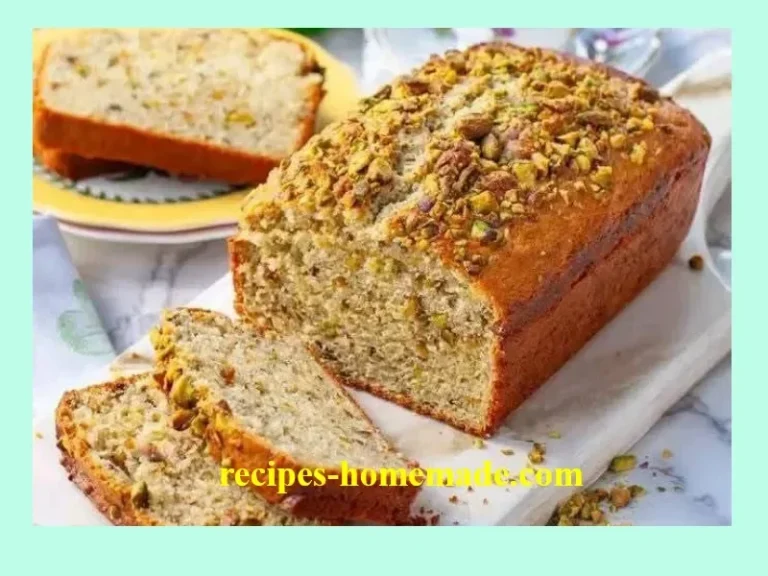German Rye Bread


1️⃣ Title:
Easy Homemade German Rye Bread — Traditional, Healthy, & Delicious
2️⃣ Introduction (Storytelling + Emotion):
German Rye Bread has been my go-to comfort loaf for chilly mornings and simple family dinners. The warm, tangy aroma of a just-baked loaf always brings back Sunday mornings at my grandmother’s kitchen — butter melting into each dense, flavorful slice. This easy German Rye Bread recipe is both traditional and forgiving, perfect for weeknight sandwiches, a Sunday roast, or a holiday bread basket.
3️⃣ 🧂 Ingredients:
- 2 cups (260 g) medium rye flour
- 1 3/4 cups (220 g) bread flour or all-purpose flour (see tips for gluten-free swap)
- 1 1/4 cups (300 ml) warm water (about 100–110°F / 38–43°C)
- 1 packet (2 1/4 tsp / 7 g) active dry yeast
- 2 tbsp honey or molasses (maple syrup for vegan)
- 1 tsp fine sea salt
- 1 tbsp olive oil (or melted butter)
- 1 tbsp caraway seeds (optional, traditional)
- 1 tbsp sunflower seeds or oats for sprinkling (optional)
(Yields one 9×5-inch loaf)
4️⃣ 👩🍳 Directions:
- Bloom the yeast: In a large bowl, whisk warm water and honey. Sprinkle yeast over top and let sit 8–10 minutes until foamy. Tip: water that’s too hot kills yeast; aim for lukewarm.
- Mix dry ingredients: In another bowl, combine rye flour, bread flour, salt, and caraway seeds (if using).
- Combine: Add the dry mix and olive oil to the foamy yeast. Stir with a wooden spoon until a shaggy dough forms. The dough will be stickier than all-white-flour dough — that’s normal for rye.
- Knead or fold: Either knead on a lightly floured surface for 6–8 minutes (or use a stand mixer with dough hook for 4–5 minutes) until smoother. If it’s too sticky, use a light dusting of bread flour — avoid adding too much. Alternatively, use 4 sets of stretch-and-folds spaced 20 minutes apart (gentler and great for rye).
- First rise: Place dough in a lightly oiled bowl, cover with a damp towel or plastic wrap, and let rise in a warm spot for 1–1.5 hours or until roughly doubled. Tip: rye rises a bit less than white dough, so don’t worry if it’s denser.
- Shape and second rise: Gently deflate and shape into a loaf. Place into a greased 9×5-inch loaf pan (or shape as a freeform round on a baking sheet). Cover and let rise 45–60 minutes until puffy. Preheat oven to 425°F (220°C) during this time.
- Bake: If desired, brush the top with water and sprinkle seeds. Bake at 425°F (220°C) for 12–15 minutes to develop a good crust, then reduce heat to 375°F (190°C) and bake another 30–35 minutes. The bread is done when it sounds hollow when tapped and internal temperature reads about 200–205°F (93–96°C).
- Cool: Remove from pan, cool on a rack for at least 1 hour before slicing — very important for crumb set and easiest slicing.
Baking time total: about 45–55 minutes. Hands-on time: ~30 minutes. Rise time total: ~1.75–2.5 hours (or longer for slower fermentation).
5️⃣ 💡 Tips & Variations:
- For a traditional tang: Replace yeast with 150–200 g active sourdough starter and reduce water/flour slightly; allow a long overnight ferment in fridge for deeper flavor.
- Vegan swap: Use maple syrup instead of honey and olive oil instead of butter — otherwise naturally vegan.
- Gluten-free option: True rye contains gluten and isn’t replaceable with a one-to-one GF flour. Use a certified gluten-free bread flour blend plus xanthan gum and consider adding psyllium husk for structure. Texture will differ.
- Low-carb idea: If you’re cutting carbs, try thinly sliced homemade seed crackers made with flax, chia, and sunflower seeds flavored with caraway — a different snack but captures the rye flavor profile.
- Add-ins: Toasted seeds (sunflower, pumpkin), chopped walnuts, or raisins for a sweeter loaf.
- Serving ideas: Serve warm with butter and sharp cheddar, smoked salmon and cream cheese, or alongside soups (split pea, borscht) or stews. Fantastic for open-faced sandwiches.
- Storage: Keep cooled bread in a paper bag or wrapped in a clean towel at room temperature up to 3 days. For longer storage, slice and freeze in a freezer bag up to 3 months; toast from frozen.
- Make-ahead: Dough can be shaped and refrigerated overnight (cold proof) — bake the next morning for fresh bread with less hands-on time.
6️⃣ (Note: Steps for Tip numbering followed above as per user request.)
7️⃣ 🩺 Health & Lifestyle Tie-in:
Rye bread — especially made with whole-grain rye — is higher in fiber and has a lower glycemic index than many white breads, which helps with steady energy and satiety. Choosing wholesome homemade options like this easy German Rye Bread can be kinder to your heart and digestion. Small lifestyle choices like cooking at home can add up: fewer processed foods, better health, and potentially lower long-term health costs — a gentle nudge toward both well-being and financial sense.
8️⃣ Conclusion:
There’s something quietly magical about a loaf of German Rye Bread cooling on the counter — it’s bread and memory in one. If you try this recipe, please come back and tell me how it went or share a photo — I’d love to see your loaf and any little twists you added. Happy baking, friend!
#fblifestyle


German Rye Bread
Ingredients
Method
- In a large bowl, whisk warm water and honey. Sprinkle yeast over top and let sit 8–10 minutes until foamy.
- In another bowl, combine rye flour, bread flour, salt, and caraway seeds (if using).
- Add the dry mix and olive oil to the foamy yeast. Stir with a wooden spoon until a shaggy dough forms.
- Knead on a lightly floured surface for 6–8 minutes or use a stand mixer with dough hook for 4–5 minutes until smoother.
- If it’s too sticky, use a light dusting of bread flour — avoid adding too much.
- Alternatively, use 4 sets of stretch-and-folds spaced 20 minutes apart.
- Place dough in a lightly oiled bowl, cover with a damp towel or plastic wrap, and let rise in a warm spot for 1–1.5 hours or until roughly doubled.
- Tip: rye rises a bit less than white dough, so don’t worry if it’s denser.
- Gently deflate and shape into a loaf. Place into a greased 9×5-inch loaf pan or shape as a freeform round on a baking sheet.
- Cover and let rise 45–60 minutes until puffy. Preheat oven to 425°F (220°C) during this time.
- If desired, brush the top with water and sprinkle seeds.
- Bake at 425°F (220°C) for 12–15 minutes to develop a good crust.
- Then reduce heat to 375°F (190°C) and bake another 30–35 minutes.
- The bread is done when it sounds hollow when tapped and internal temperature reads about 200–205°F (93–96°C).
- Remove from pan, cool on a rack for at least 1 hour before slicing — very important for crumb set and easiest slicing.











